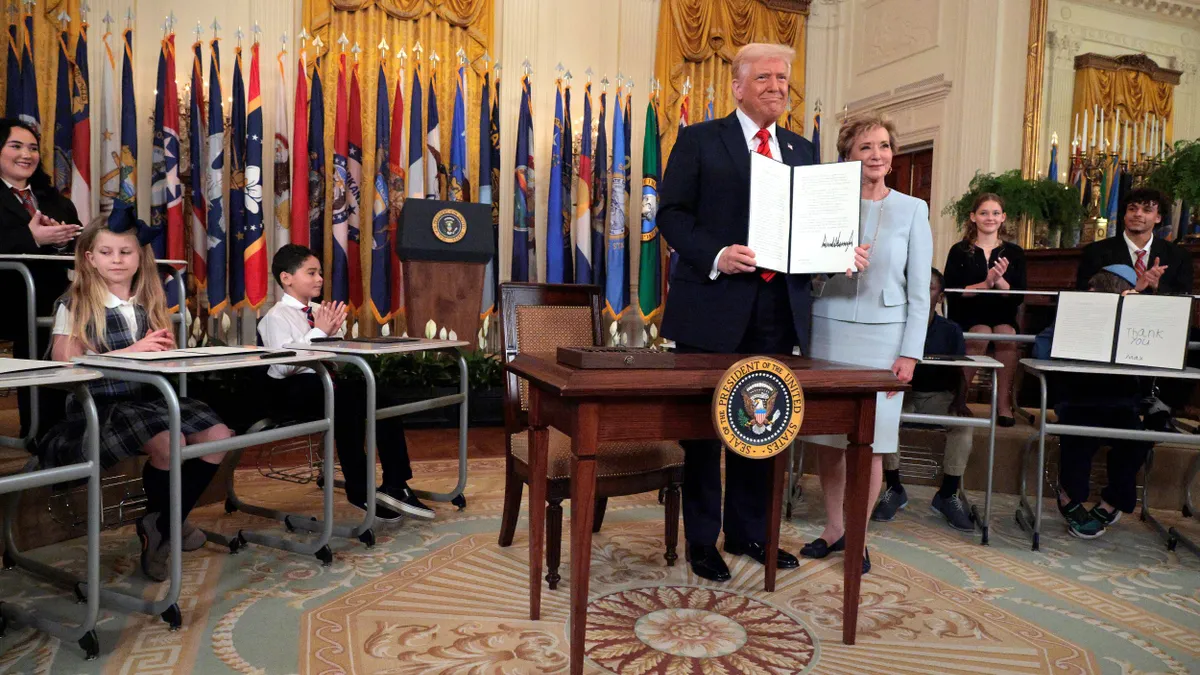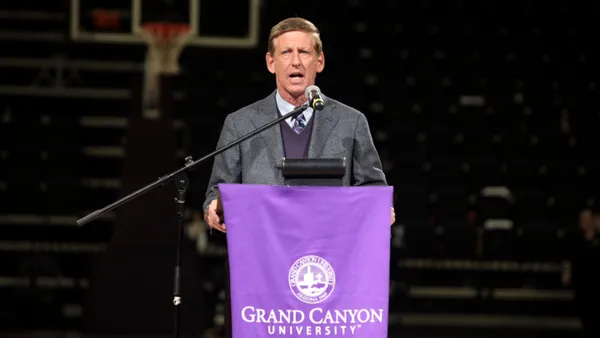Dive Brief:
- The Wisconsin HOPE Lab has found that per-student funding disparities within states may leave the schools serving the most under-equipped students with the least amount of financial support to do so.
- The lab’s director and an affiliate write for Inside Higher Ed that the students with the least ability to pay are often the ones asked to pay more in higher tuition because their schools cannot weather the dips in state funding during economic downturns.
- In the University of Wisconsin System, for example, two-year colleges got just $3,222 per full-time-equivalent student in 2012-13, while UW-Milwaukee got $5,157 and UW-Madison got $12,410.
Dive Insight:
While politicians have committed to debt-free or tuition-free college proposals, virtually no one has stepped up to talk about the disparity in funding across public schools in a single state. Flagships often get significantly more than community colleges and other four-year institutions, as in Wisconsin, meaning the students who may need the most investment to thrive don’t always get it. Minority-serving institutions have historically complained of underinvestment, in some cases drawing the line back more than 100 years.











